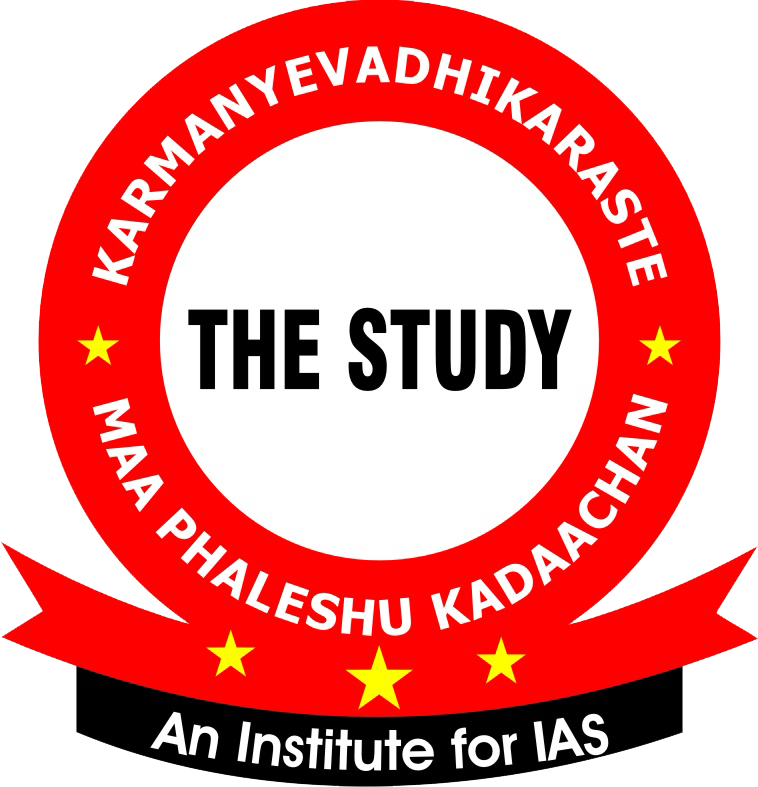Aug. 6, 2023
DS-SAR Mission
DS-SAR Mission
Why in the News?
- "Recently, the Indian Space Research Organisation (ISRO) successfully launched the PSLV-C56 carrying Singapore’s DS-SAR satellite and six other satellites from the Satish Dhawan Space Center in Sriharikota, Andhra Pradesh."
According to ISRO, The PSLV has earned the title of "Workhorse of ISRO" by consistently and reliably launching various satellites into low-Earth orbits.
Key Points
- The successful PSLV-C56/DS-SAR mission provided a significant boost to India's commercial sector.
- In this commercial mission, the primary payload carried by ISRO's reliable workhorse, the Polar Satellite Launch Vehicle was the DS-SAR Radar Imaging Earth Observation satellite. This satellite was developed through a partnership between DSTA (representing the Government of Singapore) and ST Engineering.
The co-passenger satellites are-
- VELOX-AM, a 23 kg technology demonstration microsatellite.
- ARCADE Atmospheric Coupling and Dynamics Explorer (ARCADE), an experimental satellite.
- SCOOB-II, a 3U nanosatellite flying a technology demonstrator payload.
- NULloN by NuSpace, an advanced 3U nanosatellite enabling seamless Internet of Things (IoT) connectivity in both urban and remote locations.
- Galassia-2, a 3U nanosatellite that would be orbiting at low earth orbit.
- ORB-12 STRIDER, a satellite developed under an international collaboration.
- The 360-kg satellite, upon deployment at an altitude of 535 km into a Near-equatorial Orbit (NEO), would be used to support the satellite imagery requirements of various agencies within the Government of Singapore.
- ST Engineering will use the satellite for multi-modal and highly reactive imagery and geospatial services for commercial customers.
- The payload allows DS-SAR to provide day-night coverage in all weather and is capable of imaging at 1 meter resolution.
- This mission is the 58th flight of PSLV and the 17th flight using the vehicle with core configuration alone.
- According to the space agency, the single-core version of the rocket means that the vehicle will not use solid strap-on motors on its sides, unlike other variants like PSLV-XLV, QL, and DL in the first stage.
- This mission follows the PSLV-C55/TeLEOS-2 mission, which was successfully launched in April to serve customers in Singapore.
*****

